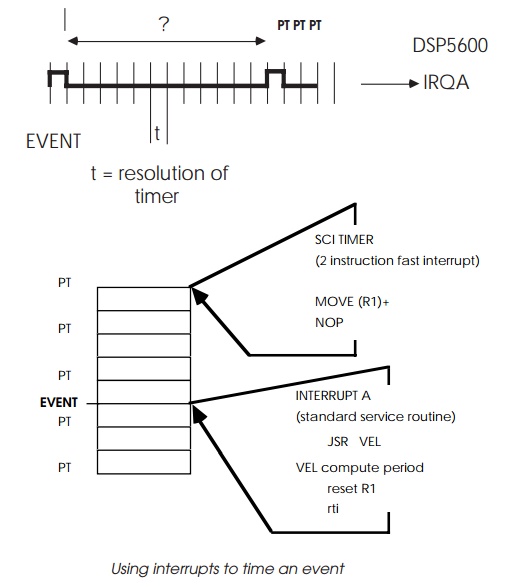Chapter: Embedded Systems Design : Interrupts and exceptions
Fast interrupts
Fast interrupts
There are other interrupt techniques which greatly simplify the whole
process but in doing so provide very fast servicing at the expense of several restrictions.
These so-called fast interrupts are often used on DSP processors or
microcontrollers where a small software routine is executed without saving the
processor context.
This type of support is available on the DSP56000 signal processors, for
example. External interrupts normally generate a fast interrupt routine
exception. The external interrupt is synchro-nised with the processor clock for
two successive clocks, at which point the processor fetches the two
instructions from the appropri-ate vector location and executes them.

Once completed, the program counter simply carries on as if nothing has
happened. The advantage is that there is no stack frame building or any other
such delays. The disadvantage con-cerns the size of the routine that can be
executed and the resources allocated. When using such a technique, it is usual
to allocate a couple of address registers for the fast interrupt routine to
use. This allows coefficient tables to be built, almost in parallel with normal
execution.
The SCI timer is programmed to generate a two instruction fast interrupt
which simply auto-increments register R1. This acts as a simple counter which
times the period between events. The event itself generates an IRQA interrupt,
which forces a standard service routine. The exception handler jumps to routine
VEL which processes the data (i.e. takes the value of R and uses it to compute
the period), resets R1 and returns from the interrupt.
Related Topics